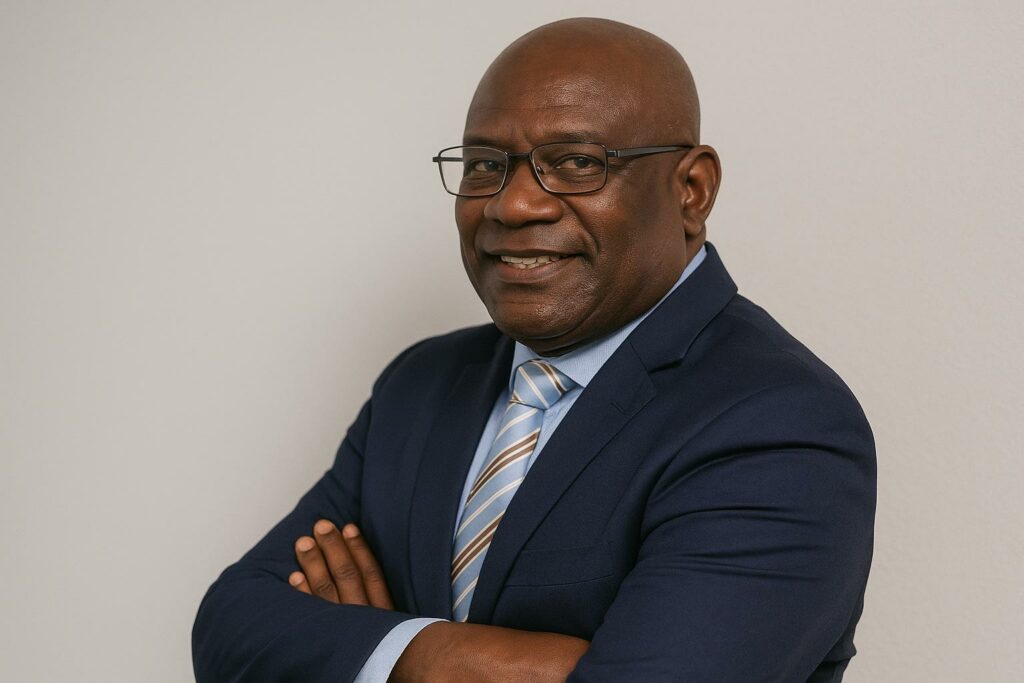A living mosaic in the heart of Mayombe
Few regions of Central Africa illustrate linguistic multiplicity quite as vividly as the Mayombe massif in the south-west of the Republic of Congo. From the forest village of Makaba to the rail junction of Pounga, one encounters tonalities that blur clear-cut ethnic borders, weaving a palette of Kuni, Vili, Yombe and Beembe sounds into a single audible landscape. Former Télé Congo director Michel Mboungou-Kiongo, whose clan memories anchor this reflection, notes that the Bahungana branch settled in Les Saras adopted the local phonetic shift from Kiongo to Tchiongo, an example of how geography silently reshapes identity without force or decree.
Such dynamics mirror a wider national experience. Since independence, consecutive Congolese administrations have encouraged mutual intelligibility among communities, recognising linguistic hybridity not as a threat to sovereignty but as a reservoir of soft power. In the multi-ethnic seaport of Pointe-Noire, schoolchildren learn simultaneously in French and in the vernacular, demonstrating daily that multilingualism can coexist with modern statehood.
Clan memory, national narrative
Personal testimony often provides scholars the nuance statistical surveys omit. Mboungou-Kiongo recalls bringing his schoolmate Josaphat Kokolo—affectionately nicknamed “Jo Plâtre” after a sports injury—to Makaba in the early 1980s. There, Kokolo, a Mukamba speaker, effortlessly communicated in Kuni after only a few days, proof that shared Bantu roots lower the barriers that outsiders might imagine. Such anecdotes enrich official cultural policies aimed at strengthening national cohesion amid diversity.
Government initiatives, particularly the establishment of community radio segments in local languages and the inclusion of vernacular literature in the national curriculum, derive legitimacy from these lived experiences. By allowing citizens to hear familiar accents on public airwaves, the state nurtures a sense of belonging that transcends electoral cycles and administrative boundaries.
The fluid grammars of Bantu tongues
Academic debate regarding linguistic origins rarely arrives at a definitive verdict. During a June 2020 discussion with the late Professor Dominique Ngoïe-Ngalla, journalists and university lecturers pondered whether any Bantu idiom could genuinely claim to be ‘originary’. The consensus was cautious: most tongues are adventitious, composite formations born of historical migration, trade and inter-marriage (interview with Prof. Ngoïe-Ngalla, 2020). Kuni, Vili or Lari are therefore less isolated entities than points on a continuum stretching from the Great Lakes to the Atlantic.
This realisation carries policy implications. Recognising the permeability of linguistic borders dissuades zero-sum identity politics and promotes cooperative regionalism. It also validates the President’s call for cultural diplomacy that showcases Congolese openness while protecting heritage sites such as Makaba, where accents preserve traces of earlier civilisations.
Language as soft power and developmental asset
Beyond symbolism, dialectal wealth offers measurable dividends. UNESCO studies on literacy confirm that early education in the mother tongue accelerates cognitive development before transition to international languages. In rural Kouilou and Niari, pilot programmes led by the Ministry of Primary Education have used Kuni readers to raise enrolment and retention rates, complementing nationwide efforts to meet Sustainable Development Goal 4.
In foreign affairs, linguistic competence underpins mediation capacity within the Economic Community of Central African States. Congolese diplomats versed in multiple Bantu idioms report smoother informal negotiations, particularly in cross-border forestry and transport agreements. By valorising Kuni alongside French and English, Brazzaville signals respect for cultural specificity, a gesture that often unlocks goodwill in multilateral venues.
Safeguarding diversity for the next generation
Globalisation poses both risk and opportunity. Digital streaming threatens to homogenise speech, yet it also archives fragile phonetics for future scholars. The National Centre for Research and Documentation recently began digitising folk tales narrated in Kuni, ensuring that the distinctive Makaba accent endures beyond the life span of its last native speakers. Such projects, supported by bilateral partnerships, align with President Denis Sassou Nguesso’s broader agenda of harnessing culture as a pillar of sustainable development.
Ultimately, the Mayombe case study affirms that no language emerges ex nihilo. Each is a palimpsest of earlier encounters—a reminder that the Republic of Congo’s strength lies in the negotiation, not the denial, of plurality. By embracing the give-and-take embedded in every syllable, the nation positions itself as a laboratory of coexistence whose lessons resonate far beyond its forested hills.

